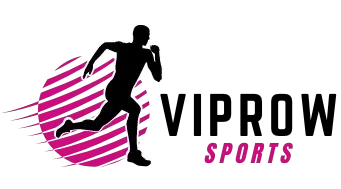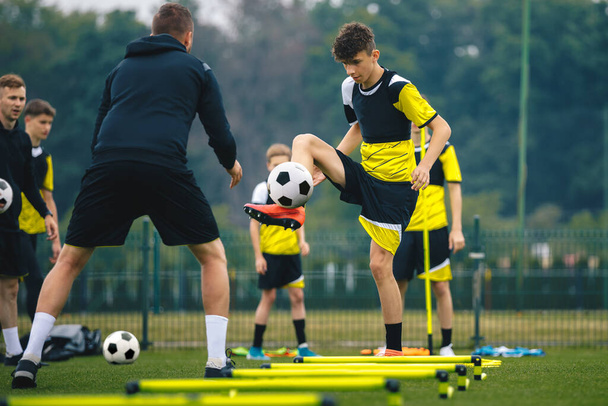This article may take about 5-7 minutes to read, but I think you’ll benefit from it HUGELY. If you don’t want to spend all that time, just hit the headlines, and scroll to the bottom for the ACTION steps (right after the blue banner). Just be warned that you’re missing some super interesting factoids!
The intention of this article is to highlight the powerful influence of music on physical and mental recovery after a workout or training session. The author aims to educate readers on the physiological effects of sound and music and provide a practical step-by-step guide on how to leverage music as a recovery tool.
Music is PHYSICAL
If you’re human and you work out, you’ve probably used music to help get you amped up before or during your session. But not enough of us intentionally use it to help boost recovery.
Sound is POWERFUL, and music is the most powerful form of sound. Everything you DO, FEEL, or EXPERIENCE influences your physiology, talks to your cells, and tells them how to behave. Music is no different.
Music has such a primal, irresistible force on the psyche. A quick Youtube search for “dancing babies” or “dancing bird/dog/cat” will prove (with bro science) that this force crosses many ages and species.
Music, like any sound you hear, is a PHYSICAL experience.
The sound waves literally trigger the small hairs in our inner ear, which MAINLINES the signal to the temporal lobe of your brain so you can figure out how to respond. If it’s a soft, rhythmic, and natural sound that has fewer beats per minute (BPM) than your heart rate or breathing rate, it will likely calm you. If it’s fast, loud, and abrasive you’ll likely get amped up.
The famous German philosopher Friedrich Nietzsche put it like this, “We listen to music with our bodies.”
Try putting on some death metal to help you fall asleep, or listen to the sound of the ocean while you try to break a PR on your deadlift. It’s just not gonna happen.
Here’s How Much Power Sound Has:
Maybe you haven’t consciously noticed it, but every single good movie you’ve ever watched plays music to amplify the effect of the scene. Sadness just isn’t as sad without a wailing violin. Victory just isn’t as sweet without an amazing musical climax. And have you ever watched a muted horror film? Not scary at all.
It’s well known that sound of excessive loudness or length can cause cortisol levels to shoot through the roof. (By the way, if you’re a musician or constantly listen to loud music, it’s very stressful to the body and can accelerate your depletion of really important nutrients like magnesium.) Did you know that sound has been used as a form of psycho-physical torture? This is not an uncommon war tactic.
We all know the right sound pitch can literally break glass, and break/damage eardrums.The military has even developed sound based WEAPONS called Long-Range Acoustic Devices (LRAD). They have the power to incapacitate and kill.
On the other hand, the RIGHT music can improve mood, reduce perceived exertion, enhanced work output, improve skill acquisition, encourage flow states, and help dissociation from feelings of pain and fatigue. (Study here)
Our ancestors have been harnessing the power of music for thousands of years to get them pumped up for battle so they could deliver a serious ass-kicking…war drums and all that. But don’t forget they ALSO had feasting and celebration songs to help bring their body and mind into a RECOVERY mode.
Consider this:
Many people intuitive listen to music to get PUMPED UP, but very few make a conscious habit of using the power of music to tell their body to shift into recovery mode. It’s definitely time for you to start harnessing the power of music for your own recovery.
BUT, there’s some specific ways to do this to maximize the impact. Just like anything else, the body will adapt to musical stimuli.
For example:
- If you drink 10 cups of coffee every day, one cup just won’t give you the boost it once did.
- If you’re used to eating a dozen Krispy Kremes in a single sitting, you won’t feel satisfied by just one. But I hope that’s not you. Remember this: Krispy Kremes Kill reKovery. KKKK. Bad stuff.
- You know that one song on the radio you used to LOVE? Well, it’s overplayed and now you’re sick of it and you never want to hear it again.
My point is this: if you want to harness the recovery power of music, you can’t listen to your designated recovery songs all day every day. You have to save them specifically for after your training session. You have to remain sensitive to them.
Anecdote: I once spent 90 minutes in a sensory deprivation chamber – 800 pounds of Epsom salt and 1200 gallons of water in complete darkness. As I looked around in the darkness, I could literally hear the sound of my eyeballs moving around in my head. By the way, it was a soft swishing sound…similar to the sound of fingers brushing across skin. This is the power of re-tuning and maintaining sensitivity to physical stimuli.
How to do it (Step-by-Step):
- Create an AMAZING playlist of 5-8 songs (15-20 minutes).
- The songs need to generally have a slower tempo and be relaxing. For example, (slow) classical music might be an option, but is a definite NO if you don’t enjoy classical music.
- The music MUST be relaxing and make you feel AMAZING, CALM, etc.
- Listen to the playlist for 20 minutes as soon as possible after training (and after your post-workout nutrition)
- Music should be played at a moderate volume, and you should completely immerse your mind in the experience. You cannot be distracted.
- Bonus points: deep, controlled breathing while you listen to the music.
Practical guidelines and considerations:
- Change playlists, just like you change workouts (every 2-4 weeks, or whenever it stops working)
- Don’t listen to your recovery songs any other time throughout the day.
- Keep the first song of your recovery playlist the same to elicit a Pavlovian relaxation response.
- Expect the effects of this protocol to be cumulative, just like strength training.
This is a tool in the toolbox. If you don’t cooldown properly, stay hydrated, get sufficient protein, sleep, or micronutrients you have to focus on that first.
Additional Points for Better Understanding
- Guided Meditation and Relaxation Tracks: Many athletes and fitness enthusiasts incorporate guided meditation or relaxation tracks into their recovery routines. These audio recordings often feature soothing music or nature sounds combined with spoken affirmations or instructions, aiding in mental relaxation and stress relief.
- Binaural Beats: Binaural beats are auditory illusions created by playing slightly different frequencies in each ear. These beats are claimed to have various effects, including promoting relaxation, improving focus, and even inducing specific brainwave states. Some athletes use binaural beats during recovery sessions to facilitate a more relaxed state.
- Cultural and Traditional Music: Different cultures have their traditional forms of music that have been used for centuries in healing practices, rituals, and celebrations. For example, Native American flute music, Tibetan singing bowls, or Indian classical ragas could be incorporated into recovery playlists for their calming and grounding effects.
- Nature Sounds: The sounds of nature, such as ocean waves, rainfall, or birdsong, can have a soothing and rejuvenating effect on the mind and body. Incorporating these natural soundscapes into recovery playlists can create a sense of tranquillity and connection with the natural world, which may aid in the recovery process.
- Personal Connections: The author emphasizes the importance of selecting music that resonates with the individual and evokes positive emotions. Personal connections to certain songs or genres can enhance the relaxation and recovery experience, as the memories and associations tied to those pieces can trigger desired physiological and emotional responses.
Final Lines
This is for the people looking for that recovery edge. if your nutrition and sleep quality is awful, listening to some Bach after your training session isn’t going to magically make you recover. But this could be just the Athlete recovery boost you need to take it to the next level if you already have nutrition dialed in.


